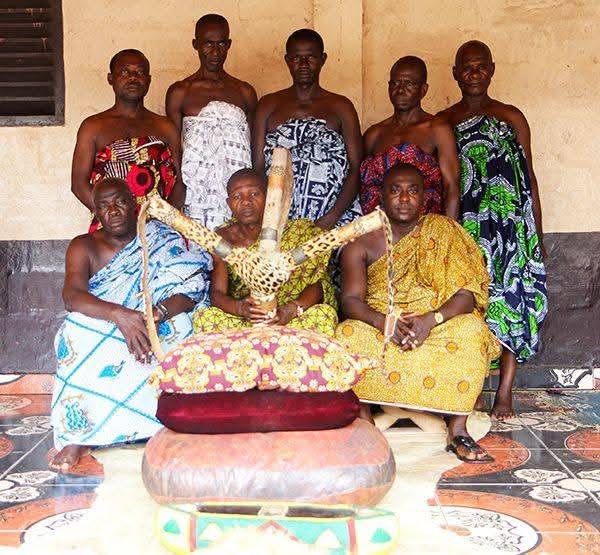Long before foreign scriptures arrived in West Africa, the Asante people had already established a profound relationship with the Almighty God, a truth often overlooked and sometimes mischaracterized as idolatry.
Historical traditions reveal that the altar to God in Akan homes was the Nyame Dua — a three-pronged tree branch with a basin on top. When rainwater collected in the basin, it was revered as sacred, believed to flow directly from heaven and reserved for holy rituals.
Prayers and libations among the Asante began not with deities, but with God Himself. The first invocation was always to the Creator: “Awurade me kyerɛ wo nsa” “Lord, I show You my drink.” Only after honoring God did worshipers turn to Asaase Yaa (Mother Earth) and other spiritual entities. Even during priestly possessions, rituals such as breaking eggs or pouring libations were never performed without first seeking the Supreme Being’s permission.
These traditions remain central to Asanteman’s sacred rites, particularly funerals. Chiefs appear in ceremonial attire adorned with fern and pepper the pepper symbolizing piercing grief, while the fern represents resilience in adversity. When the Asantehene performs funeral rites in the sacred batakarikɛse, he does not sit on a royal stool but on cushions against a modeled Nyame Dua, a reminder that even kings lean on God for strength.
On Kuntunkuni Da, the sacred mourning day, the symbol of Gye Nyame “Except God” was prominently displayed on the King’s cloth, affirming that ultimate authority belongs to the Creator alone.
“Asanteman’s foundation is built not just on deities, but on the eternal truth of Nyame Almighty God,” cultural custodians emphasize. The message, they say, is clear: the knowledge of God was neither borrowed nor imposed, but has always been an inseparable part of Asante life and spirituality.


